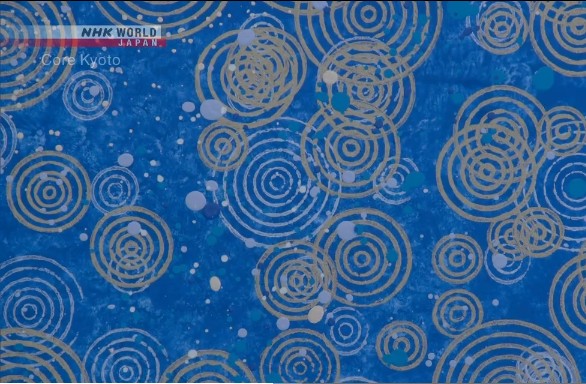
June.13
Japanese Karakami Woodblock Printed Paper
June.13
Gail Rieke
Karakami is woodblock printed ornamental paper displaying patterned motifs and designs with ancient significance for decorative applications to walls and sliding screens. This video follows two skilled artisans who are using collections of woodblocks carved over past times as well as original designs to bring this artform into contemporary use and consciousness. Video : https://www3.nhk.or.jp/nhkworld/en/ondemand/video/2029154/
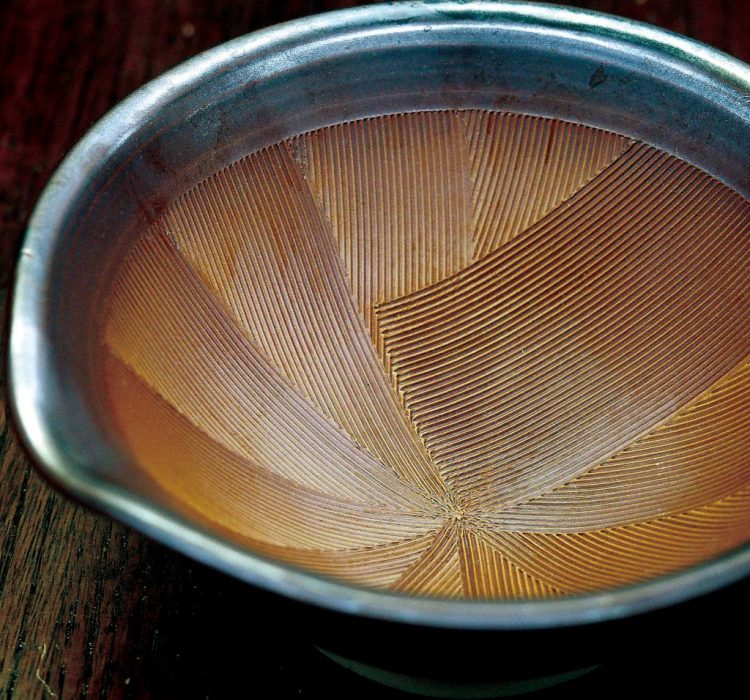
Nov.08
SURIBACHI: Groovy Grinding
Nov.08
Elizabeth Andoh
Every food culture is challenged to find ways of transforming unpalatable, indigestible foods into nourishing, tasty fare. Grinding and crushing is often part of that transformation process, helping to release nutrients and flavor otherwise locked into grains, seeds, leaves, bark, nuts, roots and tubers. A variety of tools have been developed throughout the world to…

Oct.18
Toko Shinoda’s calligraphy at its best
Oct.18
When I was producing calligraphic specimens of the words I particularly liked – the words like 「flame」, 「river」「tree」and 「snow」, Felt chagrined that they were not of my own creation. I became unbearably envious of those who created such words. As feeling envy for others constituted a gross breach of ladies’ code, I decided to someday…
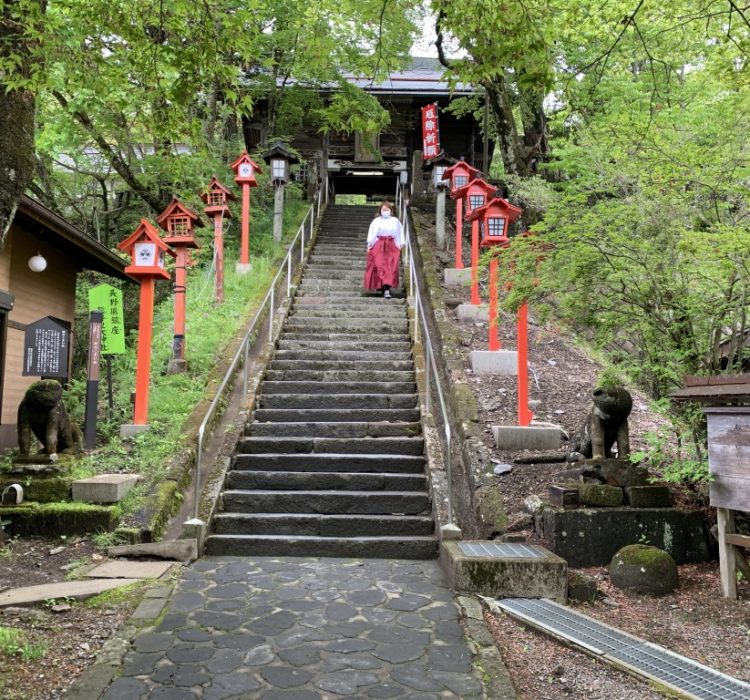
Oct.13
MUCH ADO ABOUT MASKS
Oct.13
Amy Katoh
In Japan, masks ( and prayer!) have been the preferred mode of protection from sickness, allergies, colds and close quarters, airplanes and such for YEARS! Nothing out of sync about seeing a white square surgical mask on the mouth and nose of an elegantly dressed lady, or an otherwise smartly outfitted business man. Masks have…
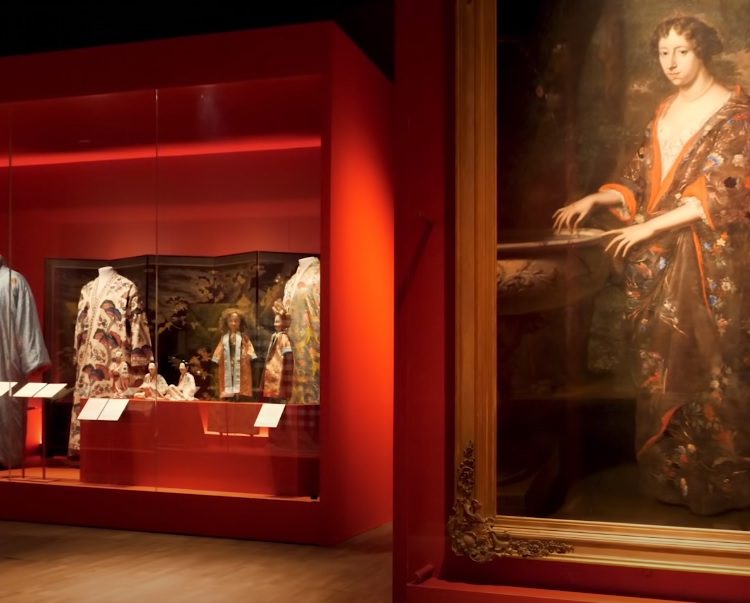
Oct.03
Kimono: Kyoto to Catwalk, Part 3
Oct.03
Welcome to an enlightening virtual videoexhibition at the Victoria and Albert Museum, showcasing the genius ofJapanese Kimono.

Sept.12
A Taste of Culture – NANBAN-ZUKÉ: Southern Barbarian Cookery
Sept.12
Elizabeth Andoh
The Portuguese missionaries and merchants who came to Japan late in the 16th century arrived by way of southern waterways, settling in the port of Nagasaki, Kyushu. The Japanese referred to them as nanban jin or the “southern barbarians.” In addition to Christianity and trade, these early Portuguese visitors brought with them escabeche, a fried…

Sept.08
A Taste of Culture – Domburi Big Bowls
Sept.08
Elizabeth Andoh
The word DOMBURI refers to both the deep ceramic dish and the food served in it. Typically a generous portion of rice is topped with sauced meat, fish, and /or vegetables to make a filling, satisfying meal. Often left-overs are re-purposed in making the topping — a frugal and quick way to get dinner on…
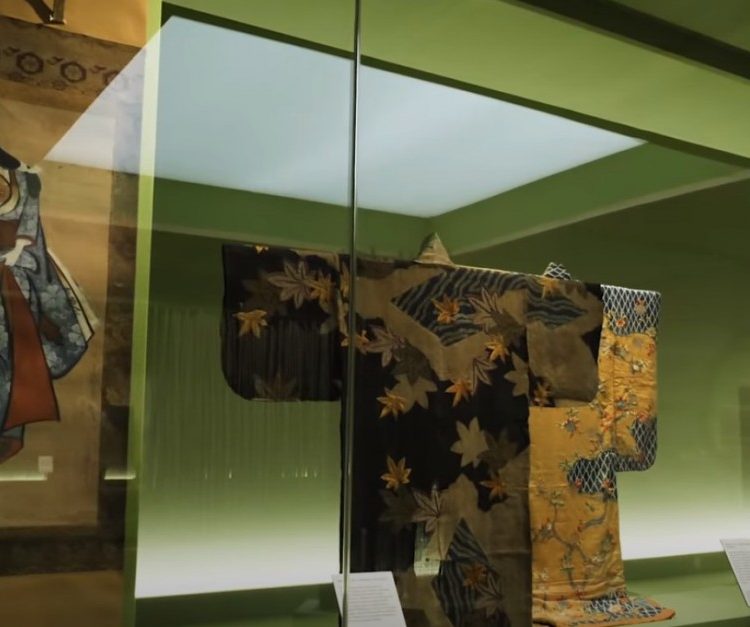
Sept.07
Kimono: Kyoto to Catwalk, Part 2
Sept.07
Welcome to an enlightening virtual videoexhibition at the Victoria and Albert Museum, showcasing the genius ofJapanese Kimono.
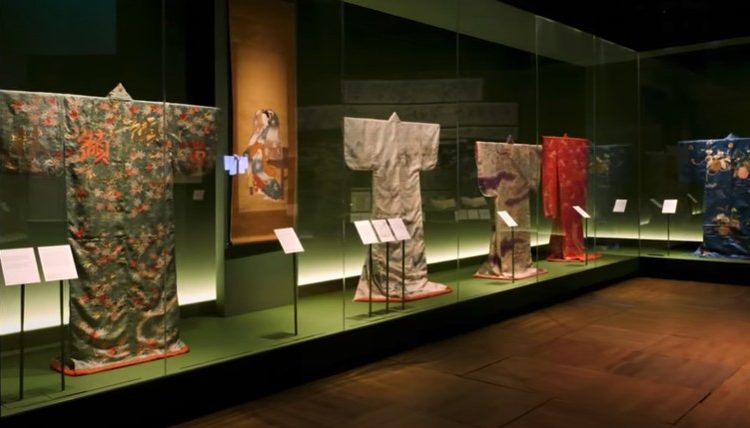
Aug.27
Kimono: Kyoto to Catwalk, Part 1
Aug.27
Welcome to an enlightening virtual video exhibition at the Victoria and Albert Museum, showcasing the genius of Japanese Kimono.
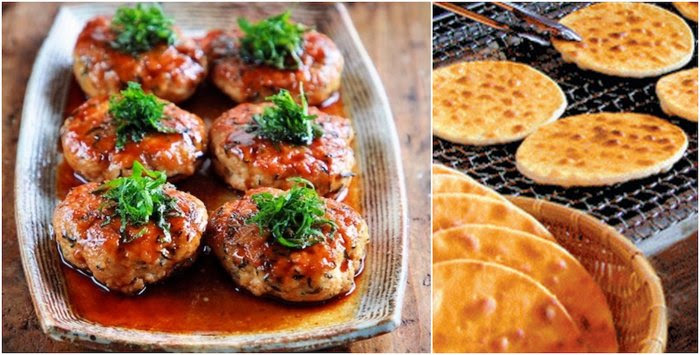
June.10
A Taste of Culture – Kitchen Strategies
June.10
Elizabeth Andoh
TSUYU (literally, “plum rain”) arrives in Japan every year as spring turns to summer. Weather is newsworthy in the Japanese media, and a welcome respite this year from corona virus-related coverage. Just as the blooming of cherry blossoms is reported in detail, so TSUYU IRI (“entering the rainy season”) is also rigorously tracked. The average…










